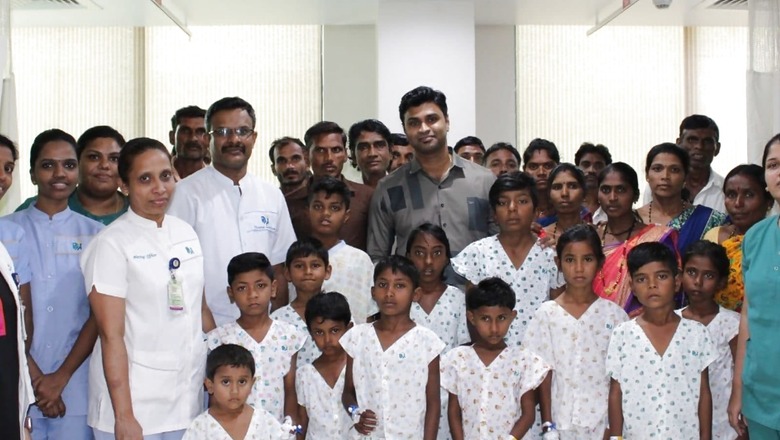
views
A team of intensive care unit staffers, cath lab technicians, anaesthesiologists, paediatricians, nurses, ward staff and paediatric cardiologists performed 11 back-to-back heart surgeries and procedures on 11 children.
At the Apollo Hospital in Navi Mumbai, the team, which was led by paediatric cardiologist Dr Bhushan Chavan, performed 11 cardiac interventions one after the other in 11 hours with no morbidity or mortality.
These 11 children – aged between 4 and 13 – had congenital heart disease also known as birth defects in the heart. The symptoms of such defects include faster breathing, excessive sweating, problems in sucking milk, failure to gain weight, murmur sound in the heart and recurrent infection in the respiratory tract. If left untreated, it could have led to severe problems in the long run.
“In September, our team visited Washim civil hospital where we did echocardiography for 120 children suspected to have congenital heart disease. Of the 120 children, 35 had congenital heart disease. Out of 35 children, 40% were planned for treatment through angiography,” Dr Chavan told News18.
These children were diagnosed with certain conditions under the Rashtriya Bal Swasthya Karyakram (RBSK) and, hence, treatment provided is covered under this scheme.
While ultrasounds conducted during pregnancy, which is called echocardiography, looks for the building of all chambers of the heart and picks up the major issues with formation, but minor issues can remain undetected till birth or even years after birth.
“There is no trend of increase in incidence of congenital defects but definitely, due to awareness and availability of high-end technology, diagnosis has picked up pace,” Dr Chavan said.
According to data from Indian Academy of Pediatrics (IAP), the birth prevalence of congenital heart disease stands at nine children per 1,000 live births. The estimated number of children born with congenital heart disease in India is more than 2,00,000 per year. Of these, about one-fifth are likely to have serious defects requiring intervention in the first year of life.
Hiccups in treating children
According to Dr Chavan, the biggest problem in performing interventions or surgeries on children is to convince their parents that the child needs bigger interventions than just popping medicines.
To appease parents and give them all answers to support the decision is the first step in conducting this massive marathon of cardiac interventions. Conducting such interventions on children comes with a handful of challenges, including anaesthesia dosage and size of artificial devices, apart from the specialisation of dealing with a child’s weak and lean body.
“Such procedures need a high level of precision as we need to decide the apt dose of anaesthesia for the child considering that even a slightly higher dose could prove lethal. Also, we use our years of experience to estimate the size of the device that we need to insert inside a child’s heart in advance. If that estimation goes wrong, the entire procedure will prove futile,” Dr Chavan said.
Treating four different issues of 11 children
Out of the 11 children, five had a perimembranous vascular disease (hole in the lower part of the heart), which was challenging yet successfully done.
Surgical repair is important in such conditions. The other three children were suffering from patent ductus arteriosus (PDA) – a heart defect that can develop soon after birth. “It affects the way blood flows through a baby’s lungs,” Dr Chavan said.
Children with such defects may require catheterisation or surgery, where a tube-like device is used to close the blood vessel.
Out of the remaining three children, two suffered from atrial septal defects (ASDs) – a birth defect in which there is a hole in the wall of the heart that divides the upper chambers of the heart due to which the blood from the left side mixes with the right side – and the other one had an issue with the closed valve in the heart.
All the children were treated successfully and discharged after three days. The children do not require any other intervention besides a follow-up at the end of one month and then again after six months.
“Overall, the 11 procedures took us 11 hours. And at the end, all children were discharged with a happy and healthy heart,” Dr Chavan said, while wrapping up the conversation.
While these 11 children were fortunate to receive timely intervention, most babies born with congenital heart disease are in populous states of India such as Uttar Pradesh and Bihar, but unfortunately, they do not receive the care they deserve, the IAP study stated.
Read all the Latest India News here













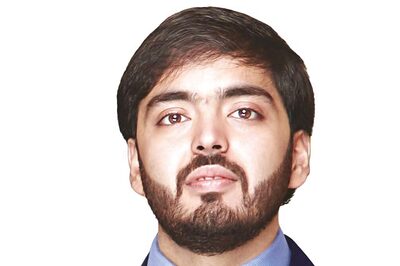
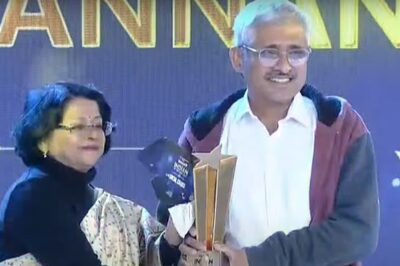
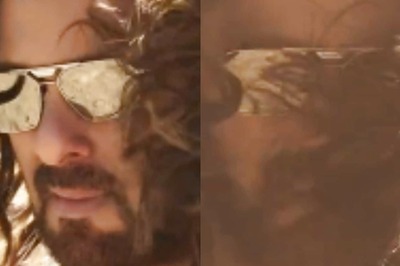



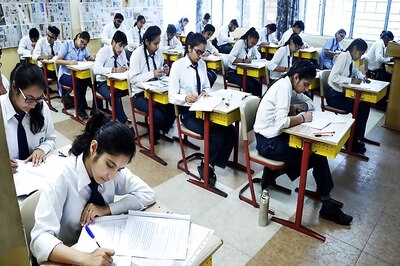
Comments
0 comment